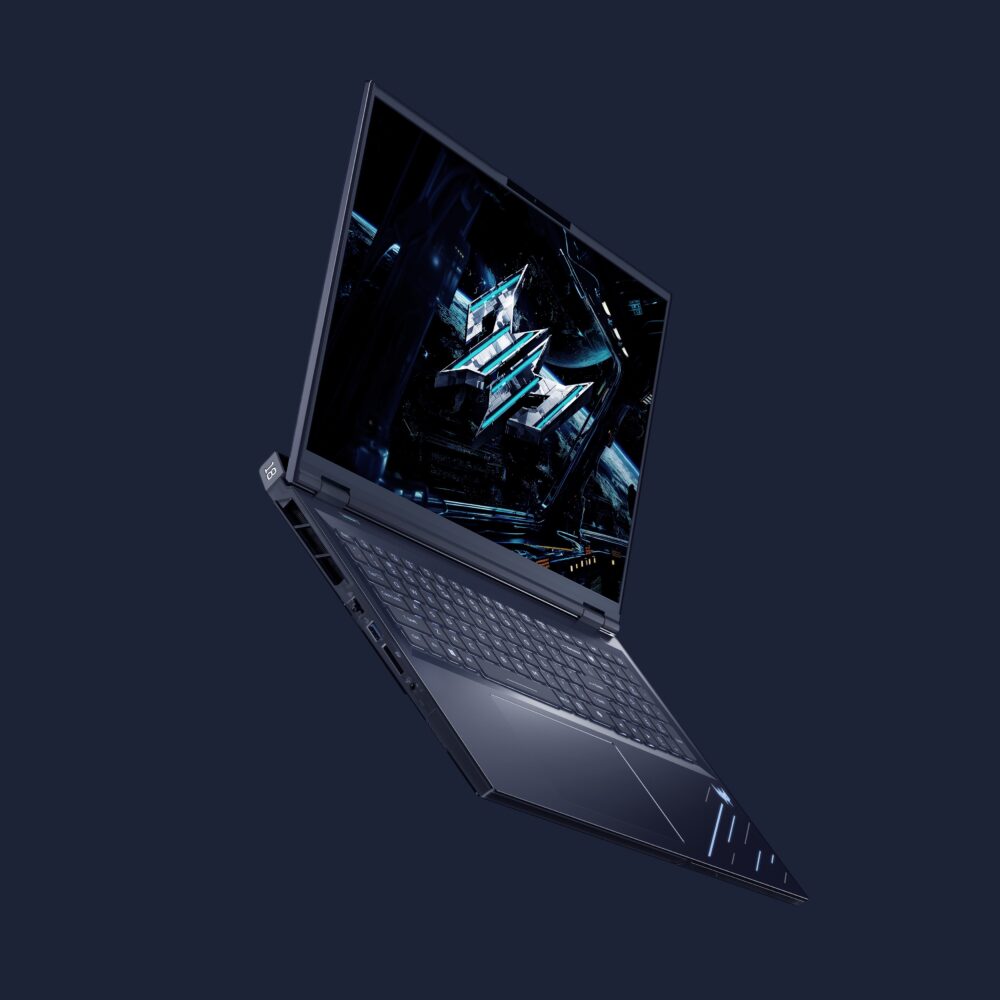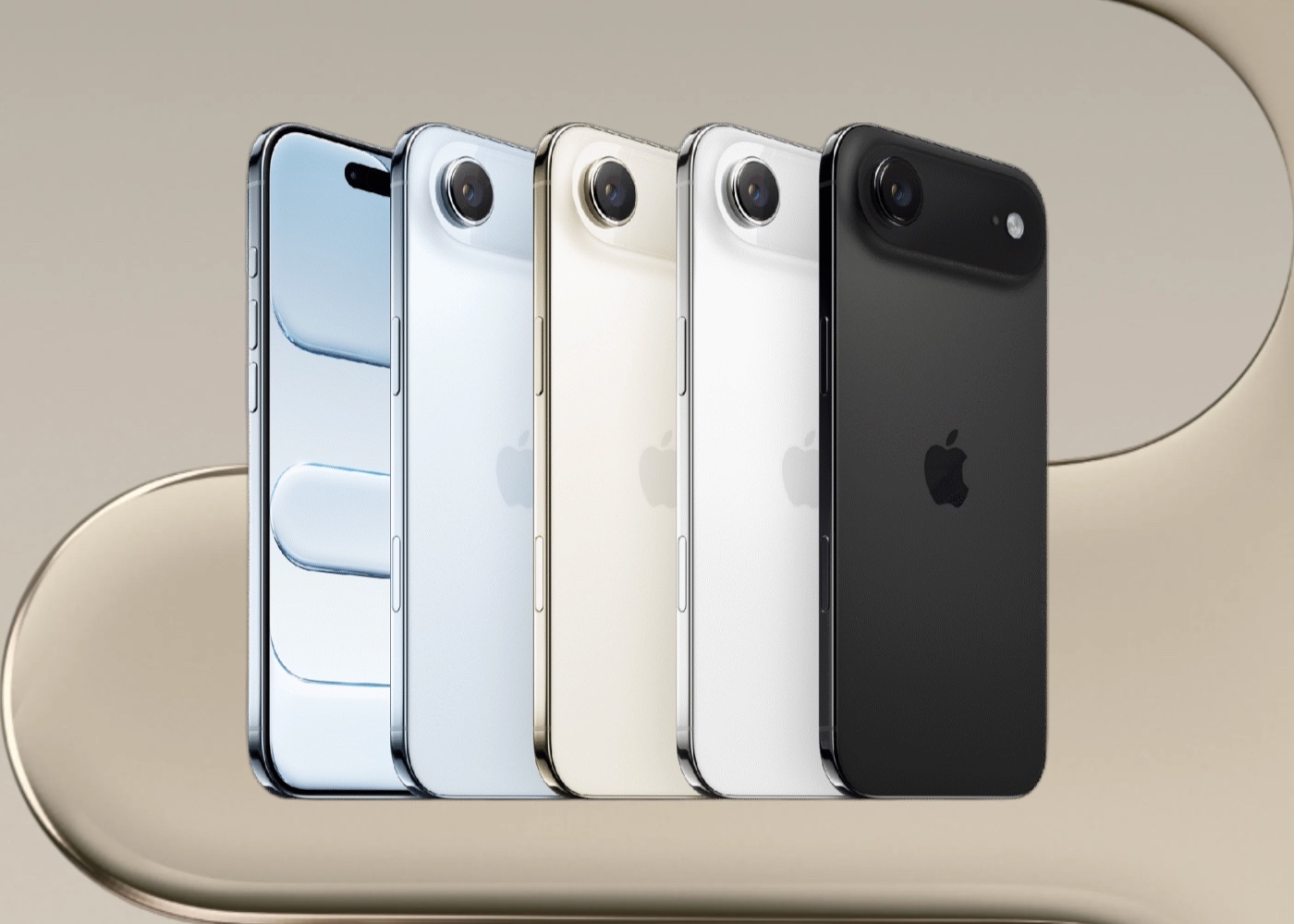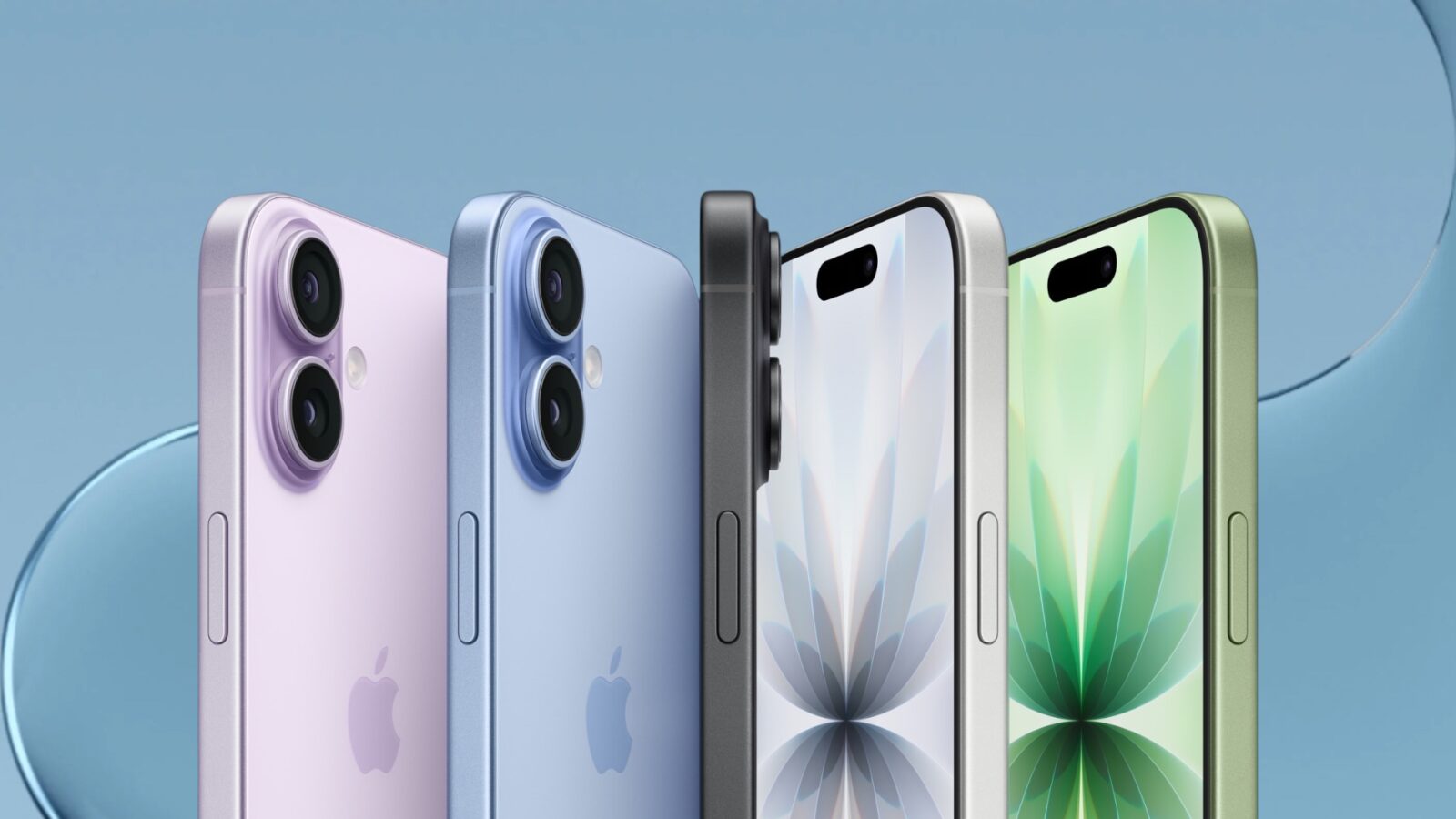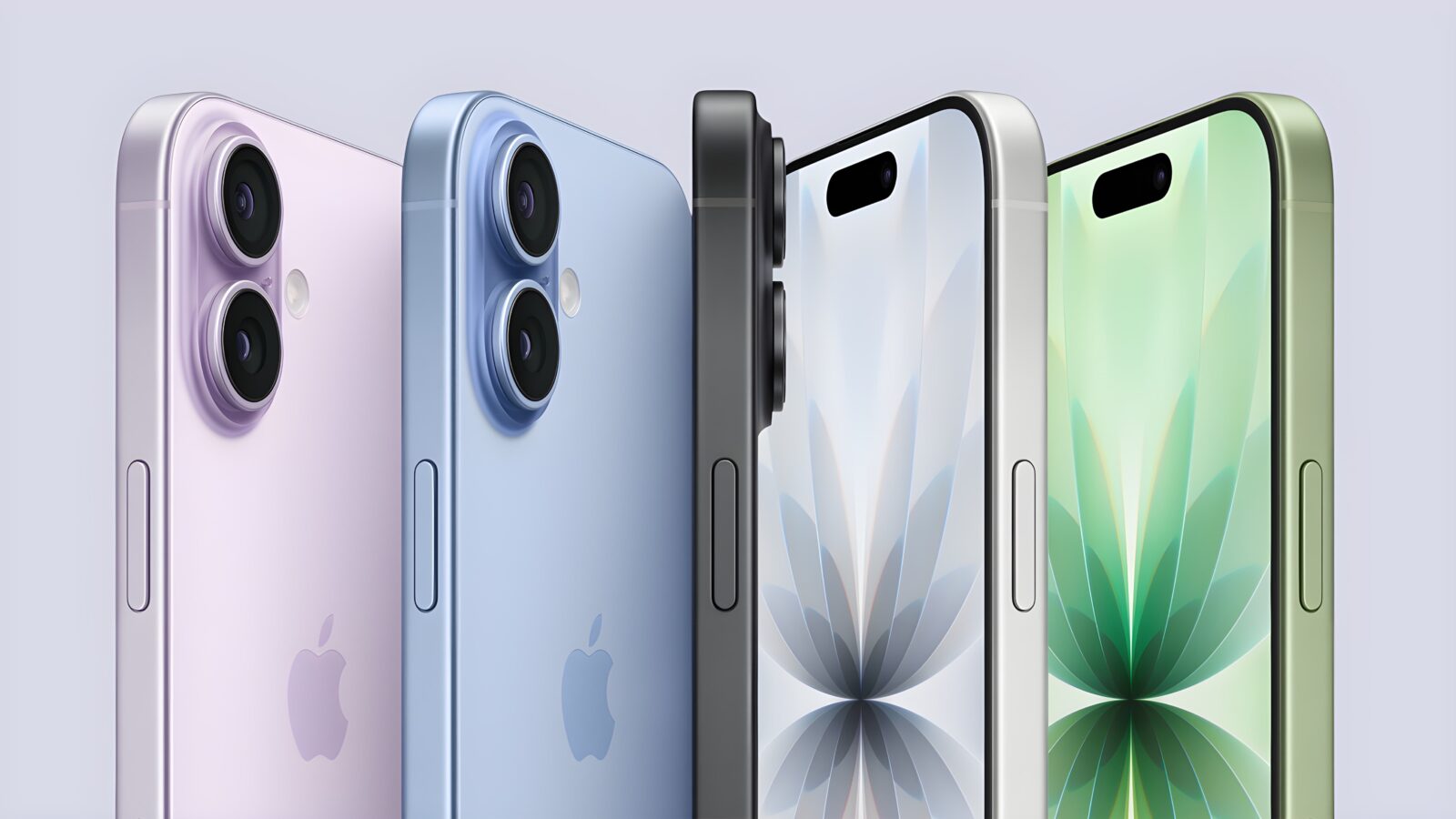Apple’s iPhone Air is shaping up to be one of the company’s boldest moves in years, bringing together two factors that could make it a breakout hit: it’s thinner than its closest rival, Samsung’s Galaxy S25 Edge, and it comes in at a lower price. At just 5.6 millimeters thick, the Air is Apple’s slimmest iPhone ever, yet it still carries the same A19 Pro processor as the iPhone 17 Pro models. Apple has positioned the Air as both a design statement and a performance-driven device that doesn’t force buyers into Pro-level spending.
The iPhone Air effectively replaces the iPhone Plus, but instead of simply filling a mid-tier role, it elevates expectations of what a lighter, thinner iPhone can deliver. Apple has packed in its most advanced chip, capable of handling demanding AI tasks, gaming, and creative workflows, while reinforcing the frame with titanium and ceramic shield glass for added durability. It’s a combination that makes the Air not just slimmer, but also more robust than many might expect from such a lightweight device.
Applause at the Cupertino launch was unusually loud when the Air appeared on stage, with tech reviewers describing it as strikingly thin and polished. Analysts highlight the dual advantage of thinness and price as a powerful draw, especially in markets where customers want premium design without the Pro-level cost.
Of course, Apple has made trade-offs. A smaller chassis means a smaller battery, and the Air relies on a single 48MP Fusion camera instead of the multi-lens systems found on other iPhones. But Apple has a history of offsetting hardware limitations with software and chip efficiency. Features like Dual Capture video, advanced image processing, and the A19 Pro’s energy management are designed to ensure the Air performs well in everyday use, without leaving customers feeling shortchanged.
More importantly, the Air could help Apple win back momentum in key regions where slim, stylish phones from local rivals have gained traction. By delivering a device that is thinner, lighter, Apple has set the stage for what feels like another “MacBook Air moment” — a product that redefines expectations and resets the conversation around design and portability.
If Apple’s battery claims hold up in real-world use, the iPhone Air has the potential to become the standout iPhone of this cycle, appealing to both long-time users ready for an upgrade and new buyers drawn in by its sleek profile and accessible price point.







